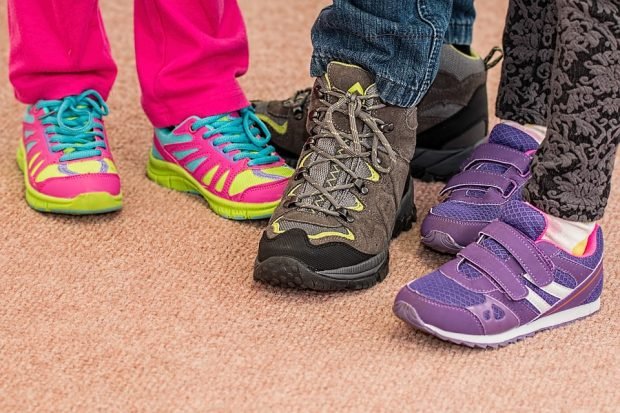Dummies for all ages, baby seats against the direction of travel, child seat classes not only by weight, but also by size: Today properly secured infants in the car have a similar chance of survival in an accident as adults. The better cooperation between OEM, child seat manufacturers and research also contributes to this. Application errors in child restraint systems, on the other hand, are still a major problem. These are the results of the international TÜV SÜD conference "Protection of Children in Cars", which has now taken place in Munich for the tenth time.

Important building blocks for more Child safety in cars: Improved test procedures and the further development of international regulations such as the new UN-ECE regulation called i-Size. After that, not only the weight, but also the size of the child will be decisive for the division of the child seat classes. The new size requirement was one of the central topics at the tenth international conference for child protection “Protection of Children in Cars”, which took place at the TÜV SÜD headquarters in Munich in early December. Another large topic at the expert meeting: refined measurement methods for the stresses on the body in a crash. The initiator of the conference, the internationally recognized security expert Professor Klaus Langwieder, called for this especially the further harmonization of the measurement procedures: "To improve vehicles and restraint systems, we absolutely need standardized measurement methods worldwide. Against the background of the rapidly growing car traffic in Asia, this demand is more urgent than ever. ”
Refine test methods
Tool for this: dummies for every child. This year’s conference focused on the age group of the six-year-olds and the further development of the Q-Dummy series. According to the experts, the existing Hybrid III children’s dummy needs to be further improved. Computer simulations and mathematical calculations using the finite element method are also increasingly being used for measurements. Limiting the test effort was another important topic of the conference.
Further improve cooperation
The conference participants see great progress in the compatibility of cars and child restraint systems. The improved cooperation between OEMs, seat manufacturers, research institutions and authorities was expressly praised. This is supported by the EU-funded CASPER project (Child Advanced Safety Project for European Roads). There are automakers like Fiat, Peugeot (PSA) and Renault represented as well as for example the Ludwig Maximilians University of Munich, the Chalmers University of Technology from Gothenburg, the Federal Highway Research Institute BASt and the Dutch testing organization TNO.
Make application easier
Incorrect assembly, incorrect belt guidance, belt loops that are too large: There is, however, a great need for improvement when it comes to misuse, i.e. the incorrect use of restraint systems. International studies show that almost half of the parents make mistakes when they are out and about with the little ones. In this context, the experts agree that the Isofix fastening system works best and that the child seat is optimally connected to the vehicle. Nevertheless, there are still extensive optimization options at Isofix. For example, with better handling of the fasteners, which are often difficult to access.
Consistently expanding success
The "Protection of Children" conference in Cars was launched ten years ago by Professor Klaus Langwieder together with TÜV SÜD. It is the most important international meeting of experts, where experts from OEM and child seat manufacturers, from authorities and from research institutions exchange information on the latest developments and research results every year. The conference thus makes a significant contribution to better protection of children in cars. In the industrialized countries, the number of children killed in cars has been reduced by 70 percent in the past 40 years. Professor Langwieder’s summary: “These results are a huge success. Infants, in particular, are safer in the car today than any other age group. ”At the same time, Langwieder admits that there is still a lot to be done for the safety of children over two years. It is crucial that parents always use the children’s systems correctly, even on short journeys. Overall, he is optimistic that in the future almost no children will be killed in the car and the number of seriously injured can be reduced further: "Vison Zero for children – this is absolutely possible", he concludes.
RELATED ITEMS
-

Bowel problems: constipated children need immediate help – cleankids magazine
Children’s Health Foundation provides information about bowel problems in babies and small children, according to the German Nutrition Society > How many times…
-

Improperly bought children’s shoes: effects on the health of your feet – cleankids magazine
Between fifty and eighty percent of children in Germany walk in unsuitable shoes. Mostly the children’s shoes are too small and this can…
-

Healthy drinks for children: this is what you should pay attention to – cleankids magazine
Fruit and vegetables are healthy for children – that is undisputed. But it is not always easy to offer healthy food to children. A…
-

Ko-test yearbook for 2018: more than 900 products in the test – cleankids magazine
ÖKO-TEST yearbook for 2018 including ÖKO-TEST yearbook building living for 2018 At some point there are no longer any “defective” or “insufficient” products….
